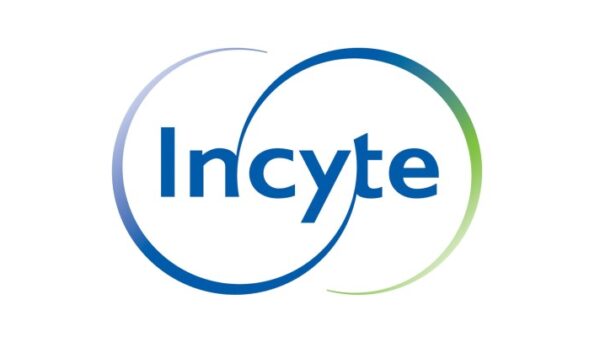Recent research from the University of Minnesota Medical School has unveiled promising advancements in drug design through the exploration of molecules known as “molecular bumpers” and “molecular glues.” These innovations aim to rewire the signaling pathways of G protein-coupled receptors (GPCRs), which are vital in cellular communication and account for approximately one-third of all medications approved by the Food and Drug Administration. The findings were published in the journal Nature on March 15, 2025.
GPCRs represent the largest family of drug targets, yet their full potential remains underutilized. These receptors can engage multiple signaling pathways associated with 16 different G proteins, leading to varied physiological effects. While some pathways may offer therapeutic benefits, others can cause adverse side effects, complicating the development of effective treatments. As noted by Lauren Slosky, Ph.D., an assistant professor at the University of Minnesota Medical School and lead author of the study, “The capability to design drugs that produce only selected signaling outcomes may yield safer, more effective medicines. Until now, it hasn’t been obvious how to do this.”
The research team, which included chemists from the Sanford Burnham Prebys Medical Discovery Institute (SBP), detailed a novel strategy for creating compounds that selectively activate specific signaling pathways of GPCRs. Traditionally, most GPCR-targeted drugs interact with receptors from the outside. In contrast, these new compounds bind to an unexploited site within the cell, enabling direct interaction with signaling partners.
The study focused on the neurotensin receptor 1, a type of GPCR. The researchers discovered that compounds binding to this intracellular receptor site could function as molecular glues, facilitating interactions with certain signaling partners, while simultaneously acting as molecular bumpers, blocking interactions with others. Dr. Slosky explained, “Most drugs ‘turn up’ or ‘turn down’ all of a receptor’s signaling uniformly. In addition to ‘volume control,’ these new compounds change the message received by the cell.”
Through predictive modeling, the team designed compounds with varied signaling profiles that lead to distinct biological outcomes. “We controlled which signaling pathways were turned on and which ones were turned off by changing the chemical structure of the compound,” stated Steven Olson, Ph.D., executive director of Medicinal Chemistry at SBP and co-author of the study. This approach not only enhances the potential for more precise drug development but also offers a roadmap for medicinal chemists to design new therapeutic options.
The overarching aim for the neurotensin receptor 1 is to develop treatments for chronic pain and addiction while minimizing side effects. Given that this intracellular site is prevalent across the GPCR superfamily, the implications of this research extend beyond a single receptor, potentially paving the way for innovative treatments across various diseases.
The study highlights a significant leap in pharmacology, emphasizing that these newly designed compounds can provide a more nuanced approach to GPCR signaling. As researchers continue to explore the potential of molecular bumpers and glues, the future of precision medicine appears increasingly promising.
For more detailed insights, refer to the study: Madelyn N. Moore et al, “Designing allosteric modulators to change GPCR G protein subtype selectivity,” Nature, March 2025, DOI: 10.1038/s41586-025-09643-2.







































































